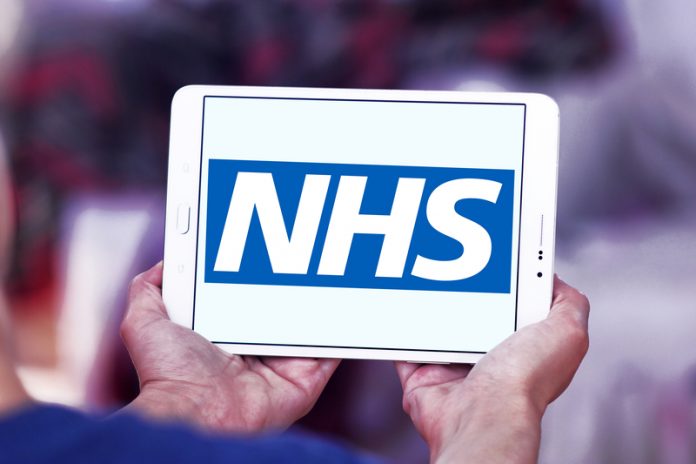NHS England’s views on digital transformation in the NHS are assessed here by Open Access Government
The size, complexity and scope of NHS services make digital transformation a unique challenge – could a dedicated standard help? The NHS is the fifth largest employer in the world, deals with over 1million patients every 36 hours and has an annual budget of over £126.2 billion, according to the NHS Confederation
But it is not a single, monolithic body. In fact, around 9,000 different organisations are involved in commissioning or providing healthcare services, including 207 clinical commissioning groups, 135 acute non-specialist trusts, 54 mental health trusts and 7,454 GP practices.
By comparison, there are just 497 non-departmental public bodies that make up the UK’s central government. Delivering digital transformation across such a large, federated and diverse organisation presents a unique challenge.
But, with almost nine out of 10 adults in the UK using the internet, there is an expectation from the public that they can access health information and services online as they would many other everyday activities, such as shopping, banking or paying their bills.
NHS Choices was launched in 2007 as the “front door” to digital services for NHS England, providing health information through articles, videos and tools to help the public make the best choices about health and lifestyle while easing pressure on health and social services by reducing unnecessary visits. The website currently receives around 48 million visits a month, accounting for a quarter of all health-related web traffic.
However, Dan Sheldon, Digital Strategy Lead for the Department of Health, wrote in a 2015 blog that there was much more to do. For example, with over 3,000 sites on the NHS.UK domain, on top of NHS Choices, information was often fragmented or not shared. Some basic services, such as registering with a GP, were not available online.
In the past three years, much progress has been made. A beta page has been launched to provide A-Z information on medicines and a community of designers has been built with half supporting services for patients, families and carers and the other half working for commissioners, clinicians, developers and other stakeholders in the health and social care system.
NHS Digital is now working on developing a dedicated standard, beyond the Government Digital Service standard, for digital services across the health service. The standard aims to improve efficiency and consistency for the thousands of bodies delivering digital content for the NHS by providing things like design essentials (such as shared fonts and colours, and reusable patterns) and better sharing of user research, while still allowing teams the flexibility to be creative.
A week-long “design sprint”, as pioneered by Google Ventures, was held to consolidate knowledge, generate ideas and develop prototypes for testing with users.
Looking ahead, we know that a standard is set to be issued shortly for NHS Digital teams to start using – and evolving – while work continues on a product assessment process for digital services. NHS Digital is also inviting contributions to the development of the standard, particularly from those working in the NHS.
Open Access Government











